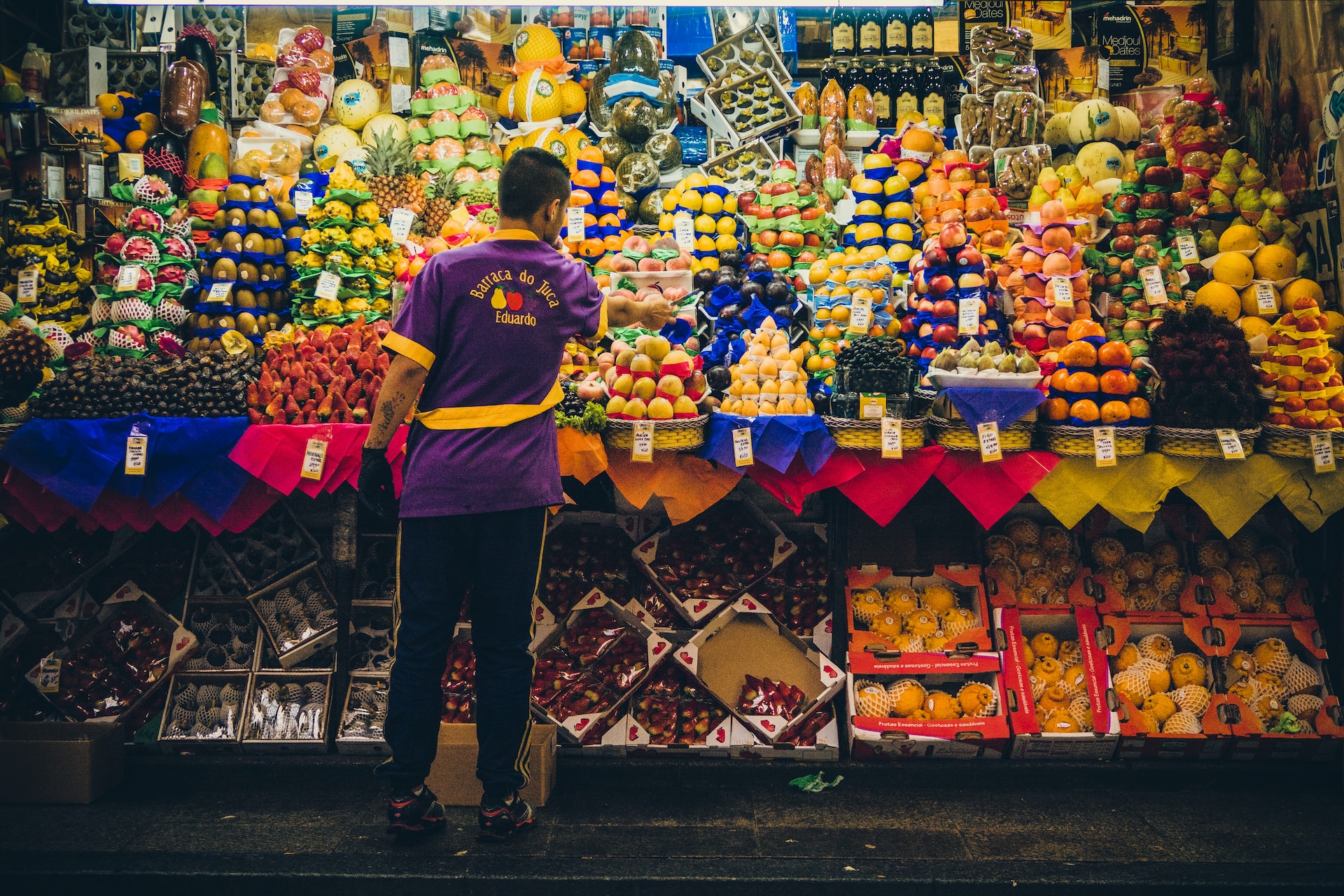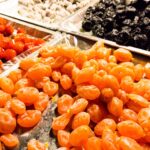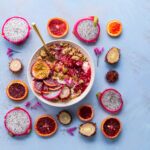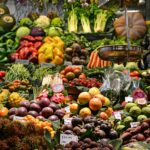Choosing Your Fruits for Dried Mixes
The first crucial step in creating your own DIY dried fruit mixes is selecting the right fruits. Prioritize fresh, ripe fruits for optimal taste and nutritional content. Check out your local farmers’ markets for organic varieties, supporting your local community and minimizing environmental impact by reducing food miles.
Making nature-friendly choices also extends to the fruit you pick. Think about seasonal and local produce – strawberries in early summer, apples in the fall, oranges in winter, for instance. Choosing local and in-season fruits aligns with the principles of eco-conscious living; reducing the carbon footprint associated with the transportation of out-of-season fruits from globally distant regions.
From tangy cranberries, succulent blueberries, and rich apricots to tropical mangoes and pineapples, the options are bountiful. The key thing is to aim for a great balance of taste and nutritional value.
Different Methods for Drying Fruits
There are several methods to dry fruit at home, each with its pros and cons. Three popular methods are sun drying, oven drying, and using a food dehydrator.
Sun drying is an age-old, energy-efficient method that works best in hot, dry climates. On the flip side, it may attract insects and dust, and is not suitable for wet and humid regions.
Oven drying is a decent option when outdoor drying isn’t feasible. It’s slower and may impart a slightly cooked flavor, but it’s reliable all year round.
Lastly, using a food dehydrator effectively dries fruits and maintains their nutritional content. Though they’re an initial investment, they make drying fruit a much simpler, more hands-off process.
Preparing Your Own Homemade Dried Fruit
Once you’ve chosen your drying method, the next step is to prepare the fruits. Start by washing the fruits thoroughly and pat them dry. Then, slice the fruits into thin, even pieces. This ensures they dry consistently and at the same rate.
Depending on your chosen method, arrange the fruit pieces evenly on a clean and sanitized surface, such as a baking tray or dehydrator sheet, and start the drying process. Remember, safety is paramount, so always adhere to the right temperature settings to eliminate any potential pathogens and prevent foodborne illnesses.
Creative Ways to Incorporate Dried Fruits into Your Meals
Dried fruits can add a surprising pop of flavor and color to your meals. Thanks to their concentrated sweetness, they work perfectly in a range of dishes from savory to sweet. You could use them in salads, oatmeal, or homemade granola.
Dare to be different by trying out a traditional pemmican recipe or sprinkle freezedried fruit powder in your next baking adventure.
How to Store and Preserve Your Dried Fruit Mixes
Finally, store your dried fruits properly to maintain their flavor and nutritional value. Always allow them to cool completely before storing, as heat can cause condensation and invite mold formation.
For the best preservation, consider vacuum sealing or the use of airtight containers. Some fruits, particularly those with high oil content like bananas, might benefit from refrigeration or freezing.
Armed with these tips, you’re ready to start making delicious, eco-friendly, and utterly satisfying DIY dried fruit mixes. Embrace the fun and creativity in making personalized mixes while simultaneously contributing to a healthier planet.




